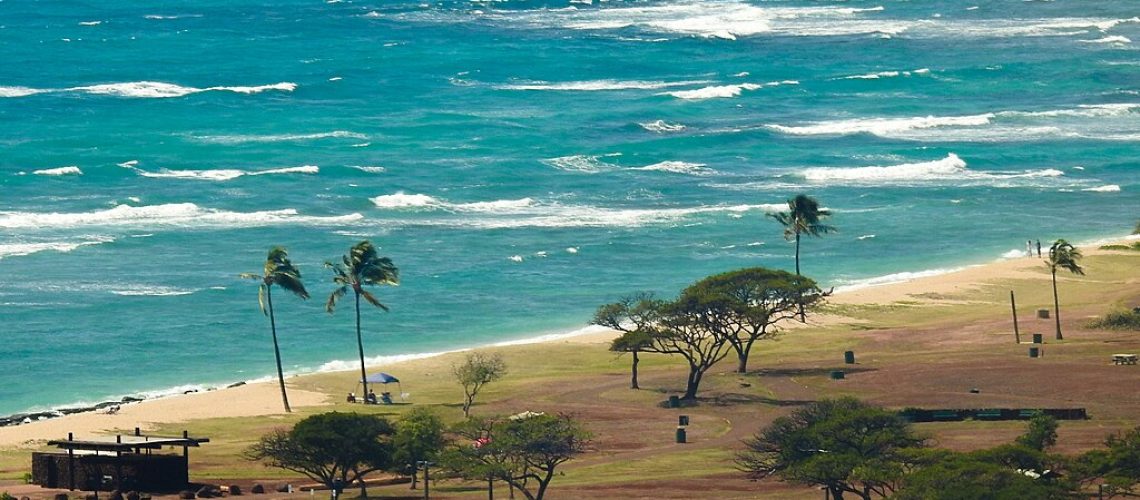Located on University of Hawaii land, AES launched a solar energy installation with an energy storage system, one of a dozen solar projects AES is constructing throughout the state.
A 12.5 MW solar with 50 MWh energy storage system is now operating on O’ahu, the most populated and third largest of the Hawaiian islands.
AES Hawaii installed the West O’ahu Solar + Storage system on land owned by the University of Hawaii, which will provide electricity to O‘ahu’s power grid under a 25-year power purchase agreement with Hawaiian Electric at a cost of $0.115 cents per kilowatt-hour.
The energy produced is expected to reduce O‘ahu’s use of fossil fuels by 750,000 barrels of oil and the associated pollution and greenhouse gases emitted over the project’s lifetime.
Hawaii launched its ambitious Clean Energy Initiative in 2008, which set a goal of achieving the first-in-the-nation 100% renewable portfolio standards by 2045. In 2022 29% of the state’s electricity came from renewables, according to the Energy Information Administration (EIA). Of that clean energy flowing into the grid, nearly 19% comes from solar, according to the Solar Energy Industries Association.
“This project represents another positive step in our state’s efforts to achieve our renewable energy goals,” said Rebecca Dayhuff Matsushima, Hawaiian Electric Vice President of Resource Procurement. “Our growing portfolio of renewable power and energy storage resources work together to provide reliability and energy security on our isolated island grid,”
EIA data shows that Hawaii uses the most petroleum of any state and has the highest electric rates in the nation. Currently at 41.60 cents per kWh, Hawaii’s rates are triple the average in the U.S. The Hawaii Clean Energy Initiative is working toward transforming energy planning and delivery in the state.
“This project is one of many we welcome, as we make progress toward the Hawaiʻi Clean Energy Initiative, launched in 2008,” said Governor Green, who attended the commissioning. “We will continue the good work that is underway to make our islands petroleum-independent by the year 2045. Our administration is investing in contractor training programs to build a workforce with the technical expertise to support efforts like this.”
AES Hawaii President Sandra Larsen said that more than 120 jobs for local workers were supported during the two-year construction phase. In addition, she noted that the land is being used for sheep grazing to support the island’s agricultural and food production needs.
The West O’ahu Solar + Storage project is one a dozen projects that AES currently has in progress around the state. Collectively these installations will provide nearly 400 MW of renewable energy while eliminating more than 470,000 metric tons of carbon emissions and more than 30 million barrels of oil consumption over the course of their lifecycle, AES reports.



